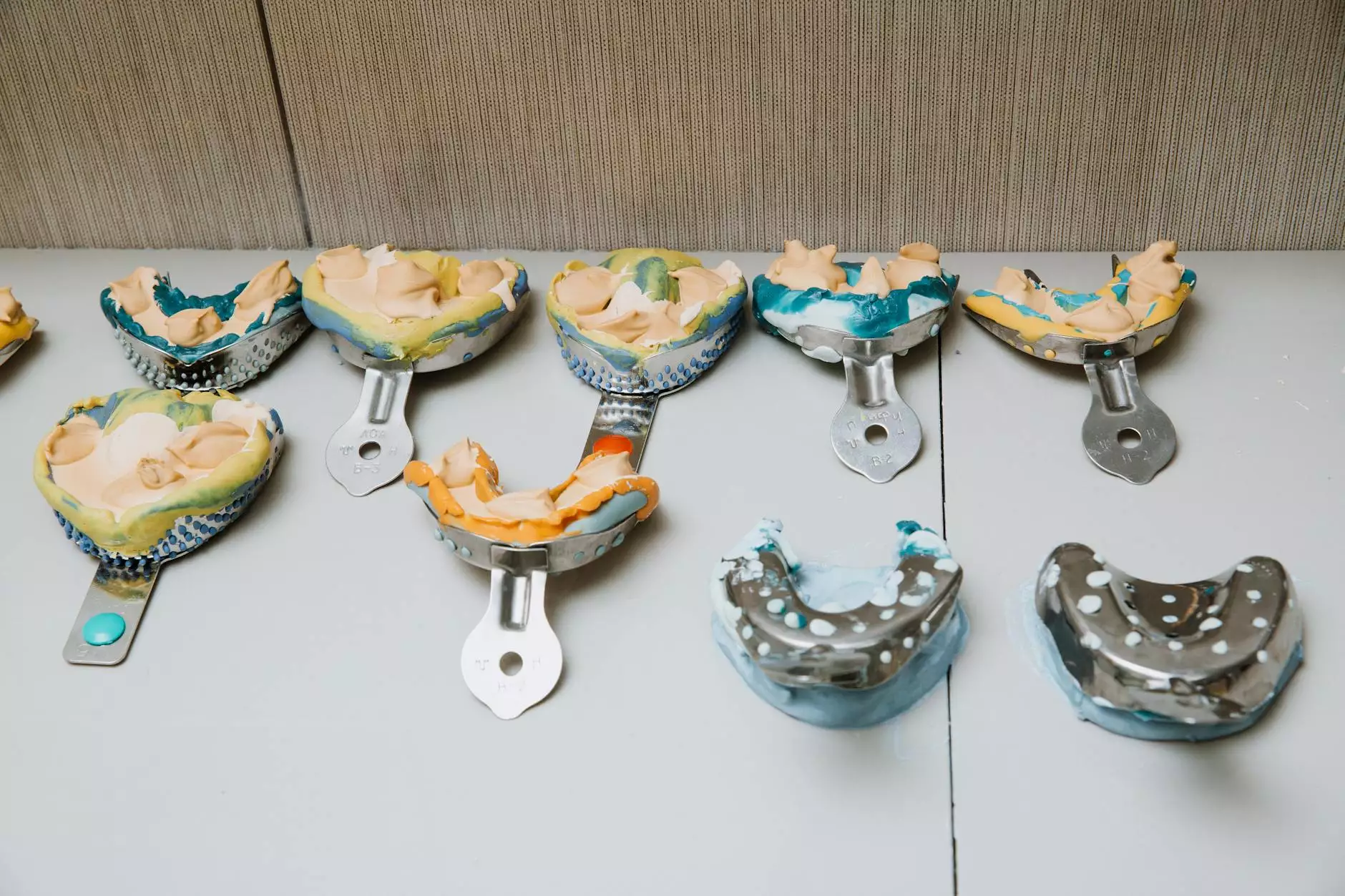Understanding Hysterectomy: The Purpose and Benefits

The word hysterectomy resonates with many women facing health issues related to their reproductive system. But what exactly is the purpose of a hysterectomy? This article delves deep into the reasons behind this surgical procedure, its numerous benefits, and the recovery process involved.
What is a Hysterectomy?
A hysterectomy is a surgical operation that involves the removal of a woman’s uterus. Depending on the underlying reasons, the procedure may also involve the removal of the cervix, ovaries, and fallopian tubes. This surgery is typically carried out by an obstetrician or gynecologist and can be performed through various methods, including abdominal, vaginal, and laparoscopic techniques.
Key Indications for Hysterectomy
Understanding the purpose of a hysterectomy begins with recognizing the medical conditions that necessitate this procedure. Here are the primary reasons:
- Uterine Fibroids: Noncancerous growths that can cause pain and heavy menstrual bleeding.
- Endometriosis: A painful condition where tissue similar to the lining inside the uterus grows outside of it.
- Uterine Prolapse: A condition in which the uterus slips from its normal position down into the vaginal canal.
- Abnormal Bleeding: Severe cases of bleeding not responding to other treatments.
- Cancer: Malignancies of the uterus, cervix, or ovaries may require removal for treatment.
- Chronic Pelvic Pain: When pain persists and other treatments fail, a hysterectomy may be considered.
Types of Hysterectomy Procedures
Hysterectomies can be classified based on the extent of the procedure and the method of surgery:
- Total Hysterectomy: Complete removal of the uterus and cervix.
- Partial (Subtotal) Hysterectomy: Removal of the upper part of the uterus while leaving the cervix intact.
- Radical Hysterectomy: Removal of the uterus, cervix, surrounding tissue, and sometimes nearby parts such as the ovaries and fallopian tubes.
- Abdominal Hysterectomy: Involves a larger incision in the abdomen.
- Vaginal Hysterectomy: Removed through the vagina, resulting in less visible scarring.
- Laparoscopic Hysterectomy: Minimally invasive technique using small incisions and a camera for guidance.
Benefits of Hysterectomy
The potential benefits of a hysterectomy are significant for women suffering from underlying conditions. Here are some key advantages:
- Relief from Symptoms: Many women experience relief from debilitating symptoms such as heavy bleeding, chronic pain, and pressure.
- No More Menstrual Periods: For women who have struggled with painful or heavy periods, this can be a significant relief.
- Reduction in Cancer Risk: For those with a higher risk of reproductive cancers, a hysterectomy can be a preventive measure.
- Enhanced Quality of Life: The cessation of symptoms typically leads to improved daily functioning and overall quality of life.
Understanding the Risks
While a hysterectomy can have profound benefits, it is crucial to discuss potential risks and complications with your healthcare provider. Some of these may include:
- Infection: As with any surgery, there’s a risk of infection at the surgical site.
- Blood Clots: Post-operative mobility issues can lead to the formation of blood clots.
- Changes in Hormones: Especially if the ovaries are removed, women may experience hormonal changes and symptoms of menopause.
- Psychological Effects: Some women may face emotional changes following this permanent procedure.
Preparing for a Hysterectomy
Preparing for a hysterectomy includes discussions with your doctor about the procedure, understanding the implications, and arranging for post-surgery care. Here are some essential steps to consider:
- Consultation: Detailed discussions about medical history, current health, and expectations from the surgery.
- Pre-operative Testing: Blood tests, imaging studies, and possibly a pre-operative physical examination to assess health.
- Planning Recovery: Arranging for someone to help you at home, preparing meals in advance, and scheduling follow-up appointments.
The Recovery Process
Recovery after a hysterectomy can vary depending on the type of surgery performed. Here’s an overview of what to expect:
- Hospital Stay: A typical stay might range from one to three days, depending on the procedure.
- At Home Care: Expect to rest and gradually resume normal activities. Follow your doctor’s care instructions carefully.
- Post-operative Appointments: Regular follow-ups with your doctor to monitor healing and address any concerns.
Emotional Considerations
Alongside physical recovery, emotional support is crucial. Many women have reported feelings ranging from relief to sadness over the loss of reproductive capability. It’s important to talk about these feelings with healthcare professionals, counselors, or support groups if needed.
Conclusion
In summary, the purpose of hysterectomy encompasses a range of medical conditions requiring surgical intervention for relief and management. It’s vital for women to have comprehensive discussions with their healthcare providers about the benefits and potential risks involved. Armed with the right information and support, many women can find a renewed sense of health and well-being through this transformative procedure. If you're considering a hysterectomy, consult the experts at drseckin.com for personalized advice and care.
hysterectomy purpose








